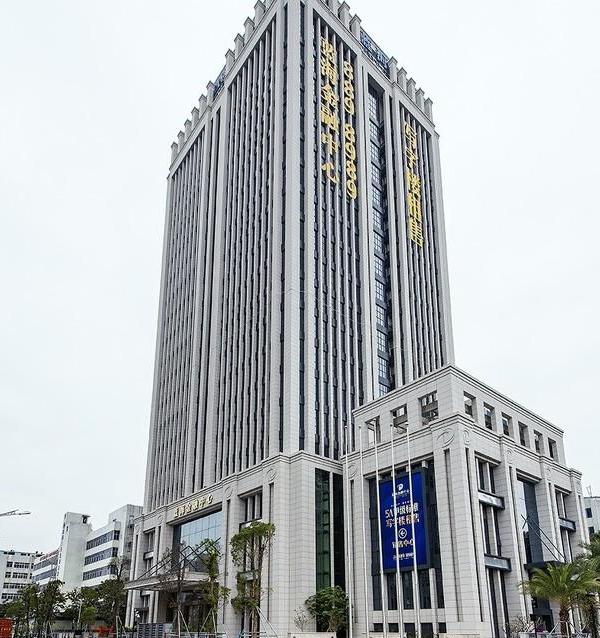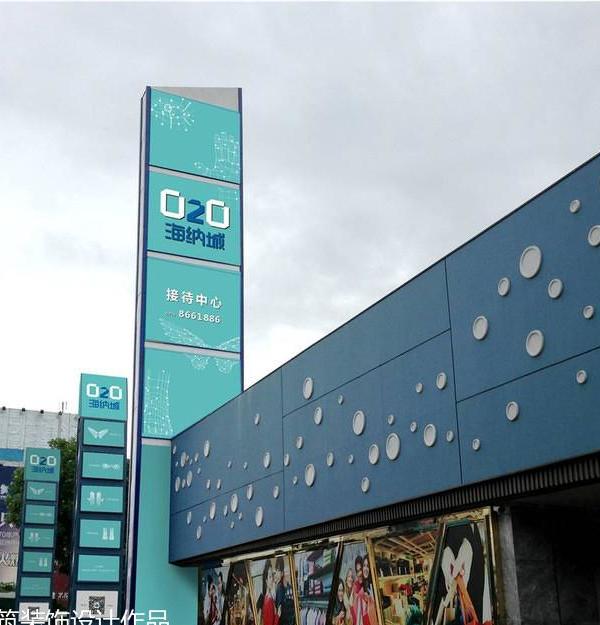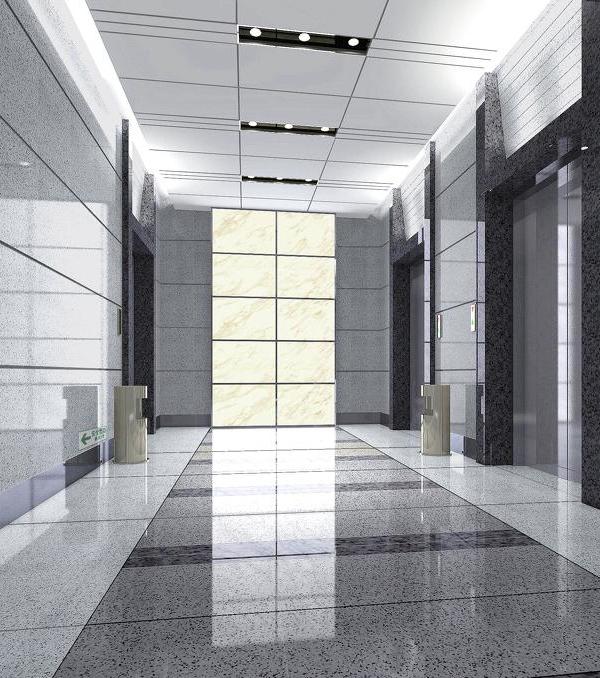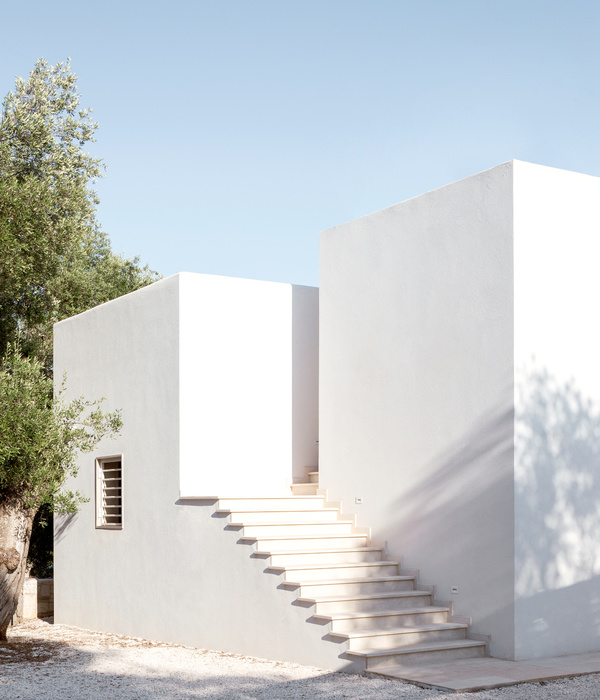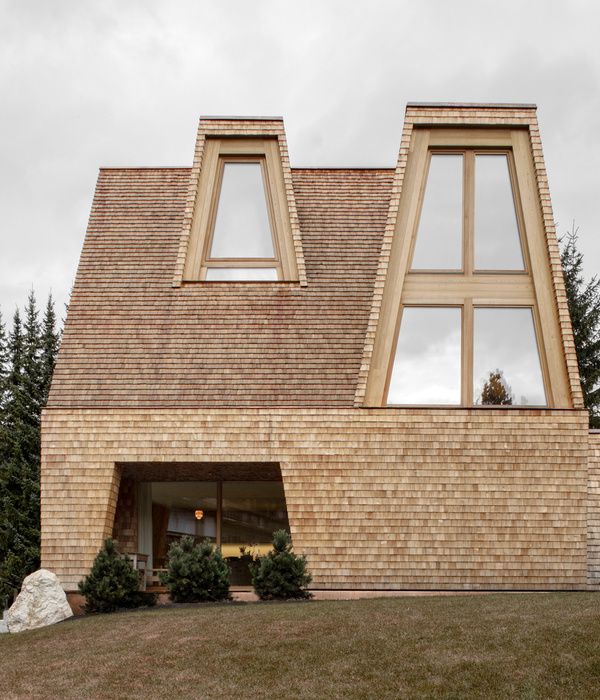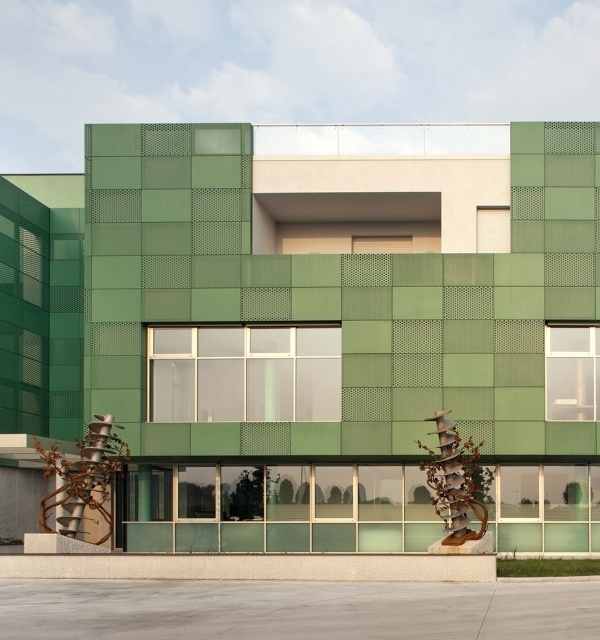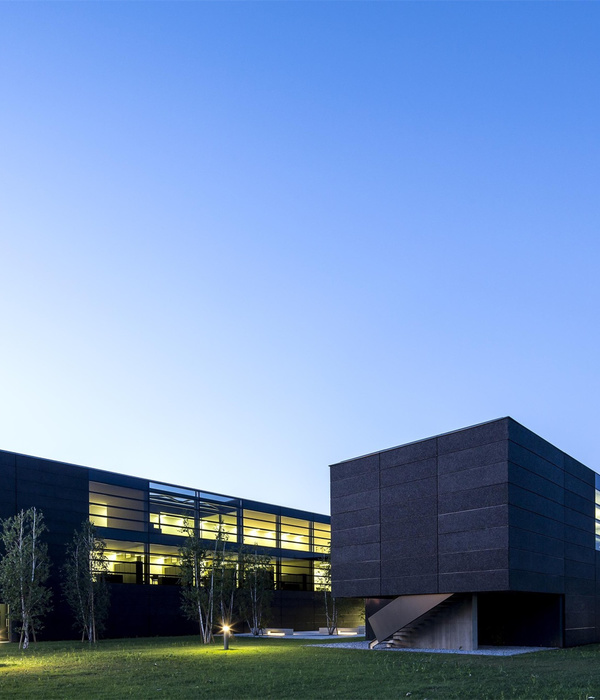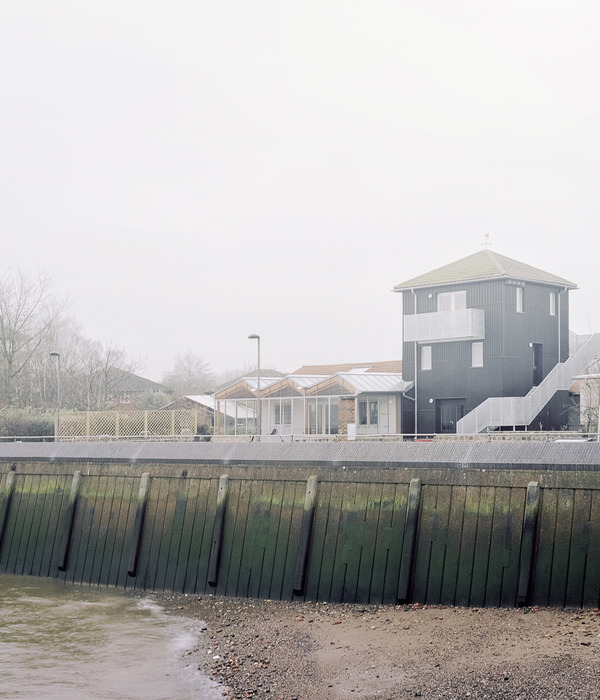Architects:Erginoğlu & Çalışlar Architects
Area :256 m²
Year :2021
Photographs :Hasan Çalışlar, PAAF, Metin Çavuş, Dilara Demiralp, Aram Tufan
Design Team : Hasan Çalışlar, Kerem Erginoğlu, Dilara Demiralp
Archaeologist : Mustafa Çakalgöz
Civil Engineer : Suat Işık
Academician And Architect : Bilge Işık
Client : Kutluğ Ataman
City : Erzincan
Country : Turkey
Palanga Art and Architecture Farm (PAAF) is located in the northeastern part of Turkey and the Goat Shelter is part of the sprawling property of the farm. It has been designed in line with goat physiology, geographical features, local climate, and seismic demands of the land. The project entails a structure with high earthquake resistance designed by using two semicircular rammed-earth walls of different diameters on a deep stone foundation. The project design was initiated with approaches such as seeking sustainable solutions, adapting to current conditions, using natural materials and traditional stone-earth-timber craftsmanship as a construction technique, communicating with the craftsmen in the region and producing collective knowledge, coordinating with academic parties, putting materials to the test and questioning technical decisions. The structure is a successful experimental example of zero-impact construction. It has the feature of completely dissolving back into nature without leaving any trace or impact.
An age-old technique called Khorasan was recreated and used to build the foundation and the surrounding walls. In order to obtain the required strength without using concrete, a mixture of hydraulic lime and Khorasan mortar, which does not contain cement, was used as a binder on the stone foundation. The foundation level was left 15 cm above the 0.00 level and the wall level was kept above to prevent water intake.
After the foundations were laid, a wind barrier was created around the shelter walls with an earth filling that rises and dampens in a curvilinear direction in order to slow down and control the strong wind coming from the northwest. The soil was piled up behind the stone masonry retaining wall and the pile was expected to settle and turn green for 1 year.
The main materials of the wall are lime, plaster, and rammed earth. During the casting process, hydraulic lime, cream lime, and tile powder were added to prolong the drying time and increase water resistance. The rammed earth column in the center where the purlins are set is also designed to function as a chimney that facilitates the discharge of the methane and gas accumulated in the space, with openings on the surface large enough to not reduce the static strength of the overall structure.
The purlins and rafters of the roof that will cover the shelter were obtained from the poplar trees in the region. It has been cleared of its bark by the timber drying method without being subjected to chemical treatment and made ready to turn into purlins that would form the structure. Purlins with an average diameter of 23 cm were covered with rafters with a diameter of 8 cm. Pillow wooden beams were used to connect the purlins with the wall and were connected to each other with nailed wires.
The roof covering is made of brushwood, jute, and earthen materials and is detailed with a high degree of slope against snow load. A water-proof and maintenance-free layer were created with the archaeological restoration technique. The mixture includes hydraulic lime, cream lime, perlite sand, gypsum, and tile dust. The form of the roof, which will cover the semi-circular walls of which slopes change, also consists of variable slopes. Curvilinear artificial topography is made behind the shelter to protect the goats, roofs, and walls from being exposed to the wind. The form of both the building and the roof were requested to be in harmony. With the help of the roof’s form in the prevailing wind direction, the wind will blow through the roof slope.
▼项目更多图片
{{item.text_origin}}

